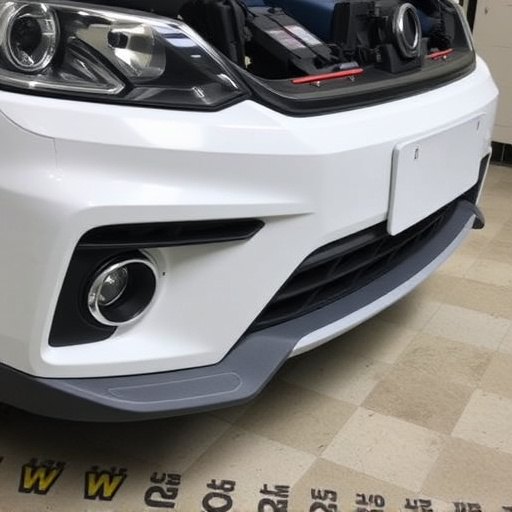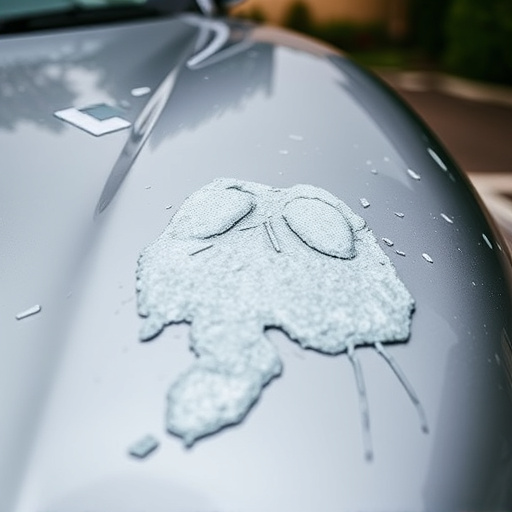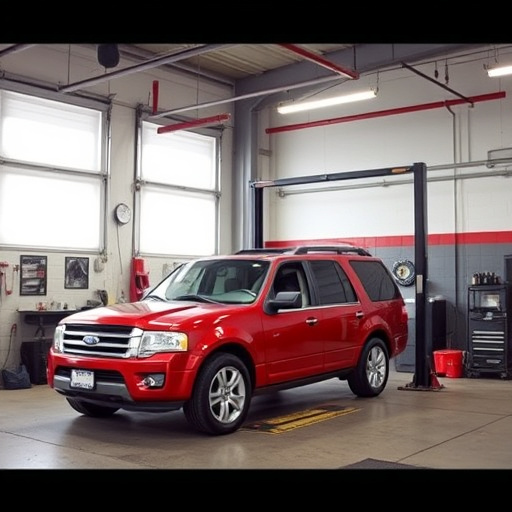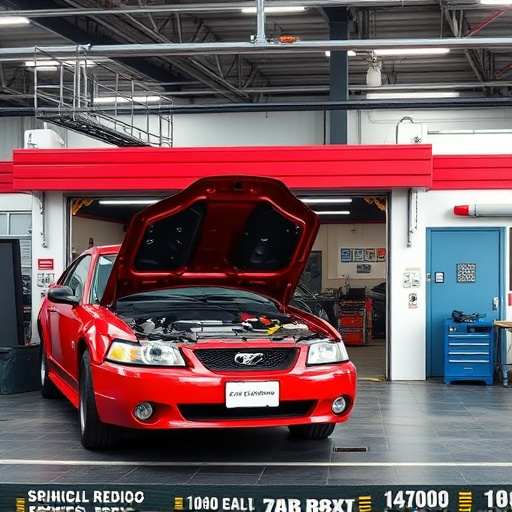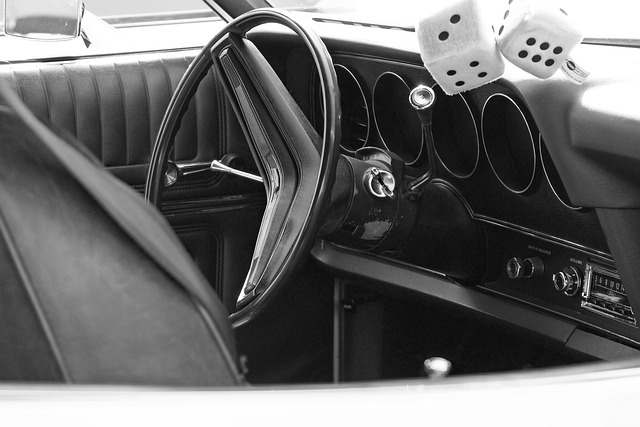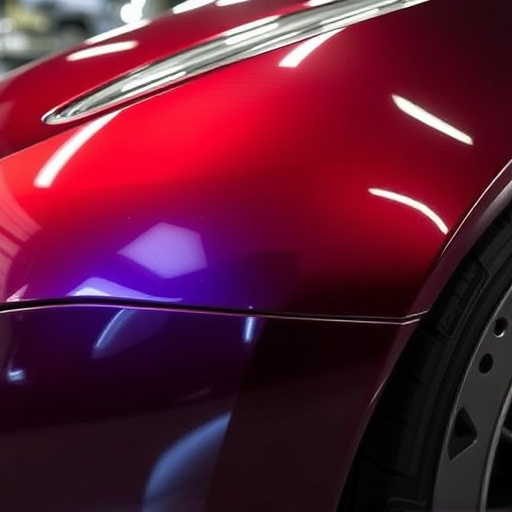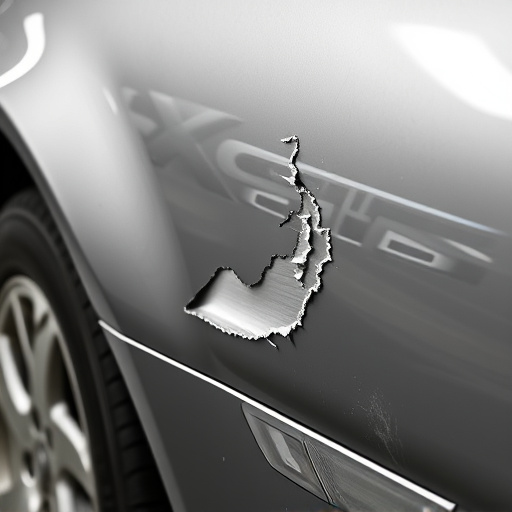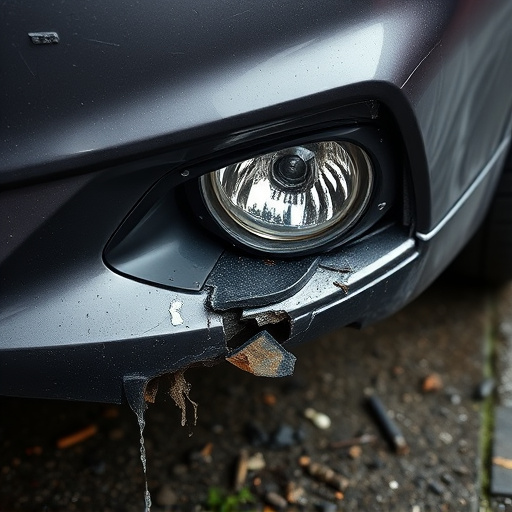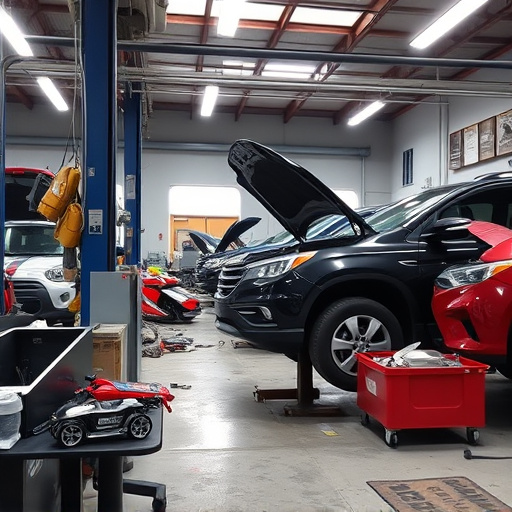When a Tesla home charger is damaged in an accident, assessing internal systems and repair options is crucial. Replacement may be more practical due to advanced features and future savings, but cost-effective alternatives like dent removal, crack filling, and painting can restore functionality and appearance at a lower cost. Consider both options for the best solution based on damage extent and sustainability.
After a car accident, your Tesla home charger might sustain damage. Should you replace or repair it? This guide helps navigate this decision by exploring common types of Tesla home charger damage post-accident and their reparability. We’ll delve into the advantages and considerations of replacement, offering insights for an informed choice. Additionally, we provide a step-by-step guide on repairing your Tesla home charger, empowering you to make an educated decision in light of the potential cost savings.
- Understanding Tesla Home Charger Damage After an Accident
- Advantages and Considerations of Replacement
- Repairing Your Tesla Home Charger: Step-by-Step Guide
Understanding Tesla Home Charger Damage After an Accident

When a Tesla home charger encounters an accident, assessing the damage is crucial to decide whether to replace or repair it. Unlike traditional vehicles, electric car chargers have unique components and wiring that require specialized knowledge to fix. The first step is to inspect for visible signs of harm, such as dents, cracks, or broken parts. Even minor impacts can disrupt the charger’s internal mechanisms, affecting its performance and safety.
Considerations extend beyond the obvious physical damage. The electric and digital systems within the Tesla home charger must also be evaluated. These components are sophisticated and often interconnected with your vehicle’s battery and power management system. Repairs may involve replacing faulty sensors, updating software, or even recalibrating the entire unit—similar to auto glass repair, but for electronic parts. In some cases, it might be more cost-effective and environmentally friendly to opt for a replacement, especially if original parts are no longer readily available or if extensive vehicle dent repair has already been done on the host vehicle.
Advantages and Considerations of Replacement

If your Tesla home charger has sustained damage in an accident, replacement might be the most feasible option for several reasons. One significant advantage is convenience; a new charger can be installed quickly, allowing you to regain access to your electric vehicle (EV) without extensive delays. This is particularly crucial if you heavily rely on your Tesla for daily transportation.
Additionally, modern EV chargers often come with advanced features and improved technology compared to older models. Replacing your Tesla home charger after an accident can provide peace of mind, ensuring your charging station is safe, efficient, and compatible with the latest advancements in electric vehicle technology. While it might seem more costly than repair, especially if the damage isn’t extensive, a new charger could prevent future issues and offer enhanced performance, potentially saving you money in the long run, especially considering the ongoing developments in automotive repair and auto detailing for EVs.
Repairing Your Tesla Home Charger: Step-by-Step Guide

If your Tesla home charger has suffered damage in an accident, repairing it might be a more affordable and eco-friendly option than replacing it entirely. Before you decide on a course of action, consider that many small dents and scratches can often be fixed with simple DIY methods or taken to a collision repair center for professional care. The process involves several steps:
1. Assess the Damage: Inspect your Tesla home charger thoroughly to determine the extent of the damage. Look for cracks, breaks, loose parts, or any signs that might affect its functionality.
2. Remove the Dent (if applicable): For minor dents and scratches, a dent removal kit can be purchased or borrowed from an auto supply store. These kits use techniques like paintless dent repair to restore the charger’s original appearance without needing to sand or repaint. A Mercedes Benz repair expert can also guide you on this process if needed.
3. Clean and Prepare: After removing any visible damage, clean the area around the damaged section with a soft cloth and mild detergent. Ensure the surface is dry before proceeding.
4. Use Repair Putty (for minor cracks): For small cracks or chips, apply automotive repair putty to fill them. Allow it to set according to the product’s instructions, then sand gently until smooth.
5. Paint (if necessary): If the damage includes a significant scratch or chip that exposes the metal, you may need to paint over it to match your Tesla home charger’s original color. A professional from a collision repair center can assist with this step if needed.
After a car accident, deciding whether to replace or repair your Tesla home charger involves weighing advantages and considerations. If the damage is minor, repairing can be cost-effective and environmentally friendly. However, for significant structural or functional issues, replacement may offer better performance and peace of mind. Ultimately, the choice depends on the extent of the damage, your budget, and personal preference, ensuring you have a reliable charging solution for your electric vehicle.

